Dec 14, 2023
These Superconductors Are Acting “Strange,” and Scientists Finally Know Why
Posted by Saúl Morales Rodriguéz in categories: quantum physics, sustainability
Recent research has unlocked key aspects of high-critical-temperature superconductors, identifying their unique ‘strange metal’ state and a crucial quantum critical point. This discovery, resulting from collaborative efforts and extensive experiments, paves the way for advanced superconducting technologies.
Taking a significant step forward in superconductivity research, the discovery could pave the way for sustainable technologies and contribute to a more environmentally friendly future.
The study just published in Nature Communications by researchers from Politecnico di Milano, Chalmers University of Technology in Göteborg, and Sapienza University of Rome sheds light on one of the many mysteries of high-critical-temperature copper-based superconductors: even at temperatures above the critical temperature, they are special, behaving like “strange” metals. This means that their electrical resistance changes with temperature differently than that of normal metals.

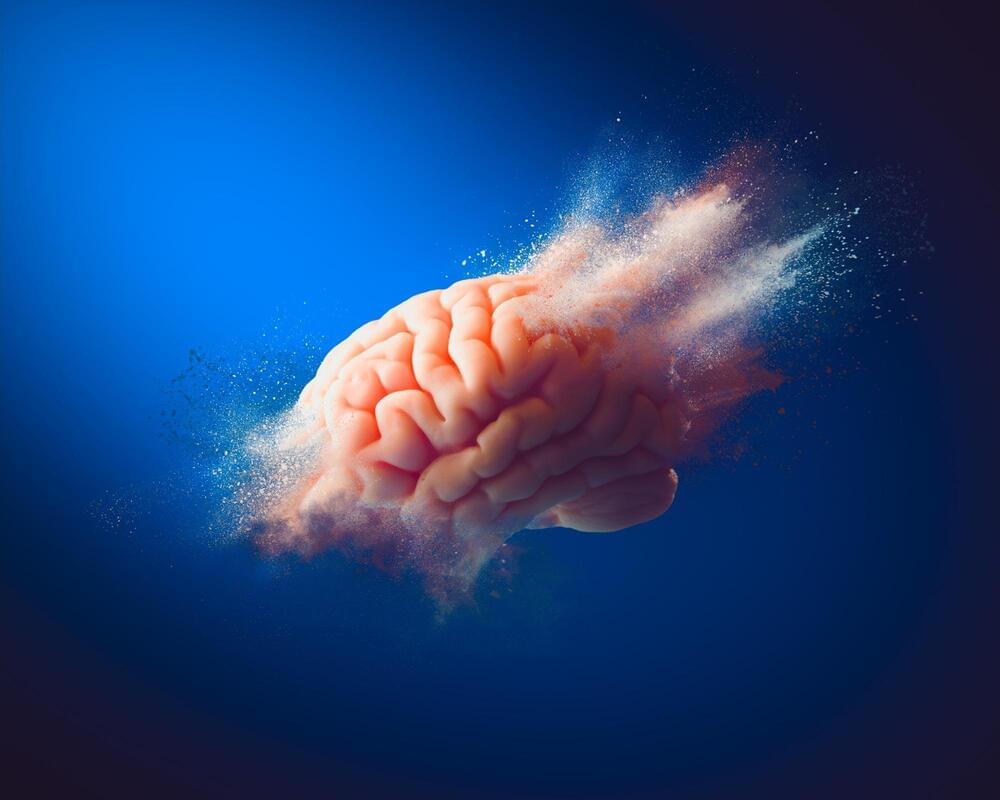
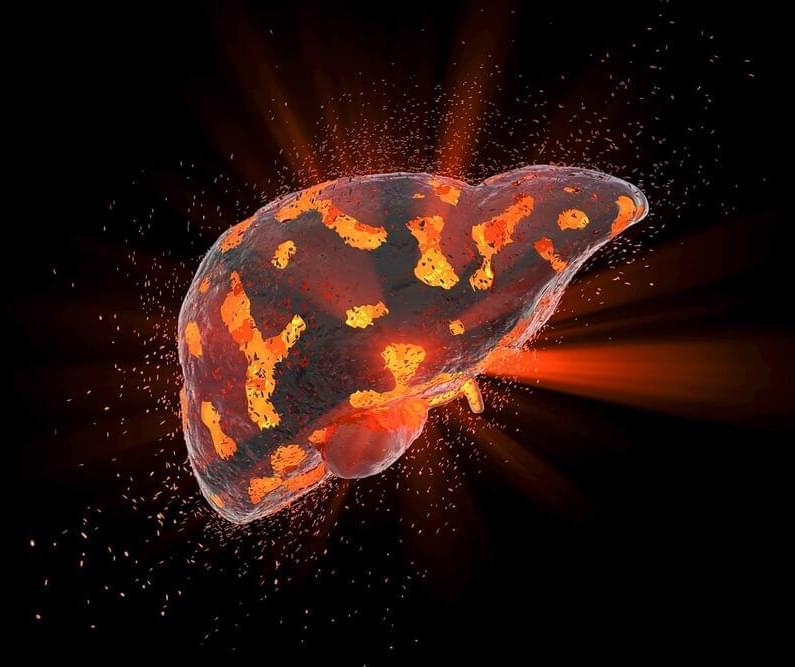


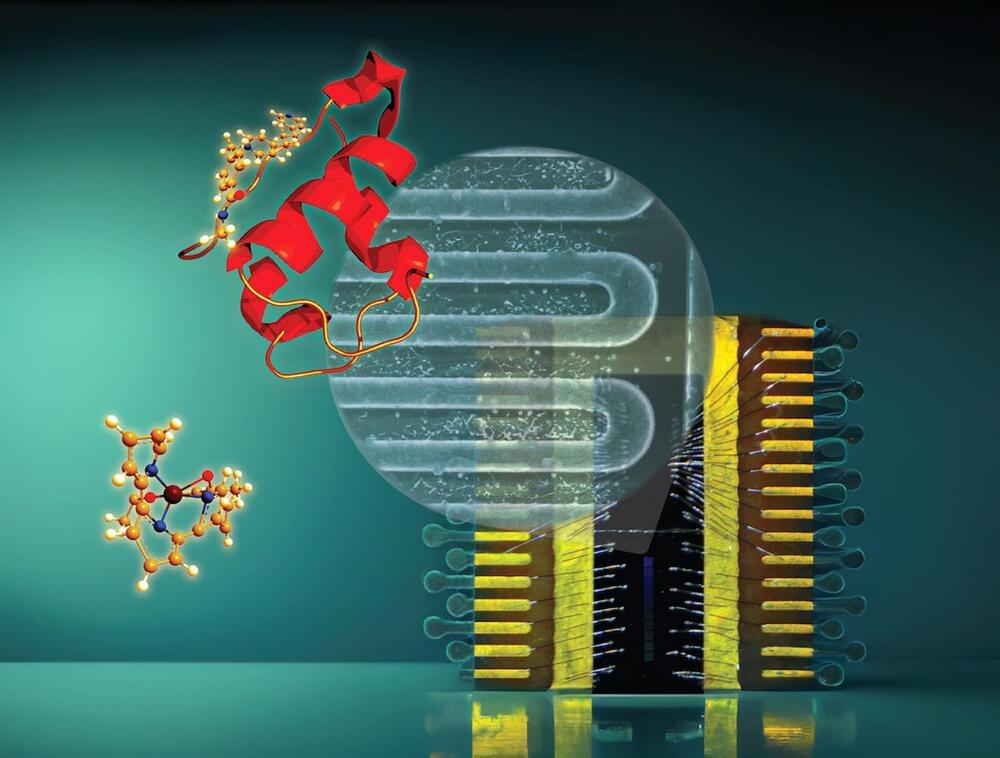
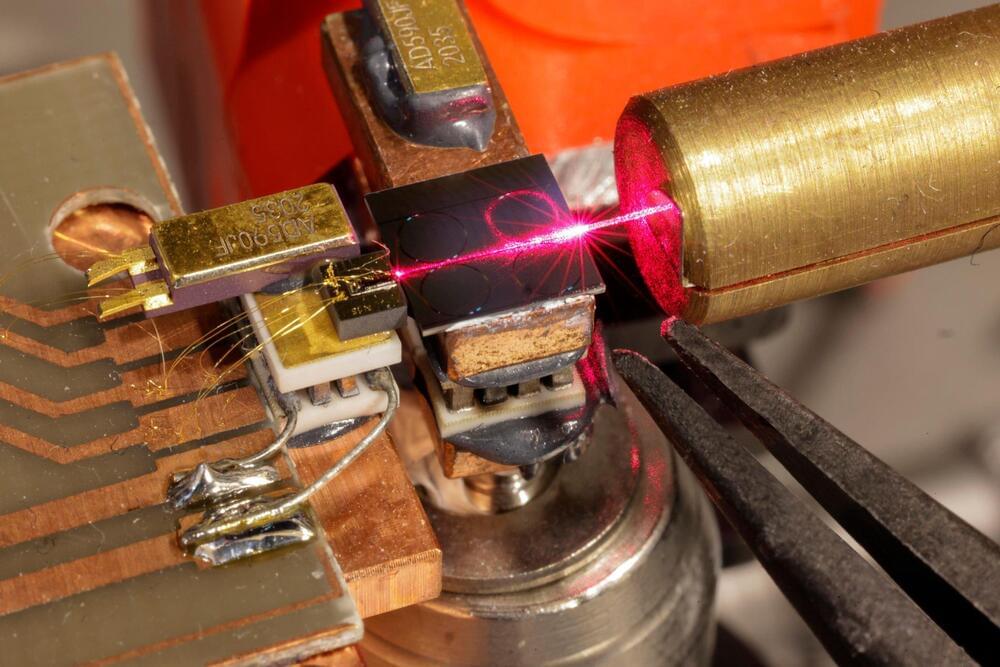
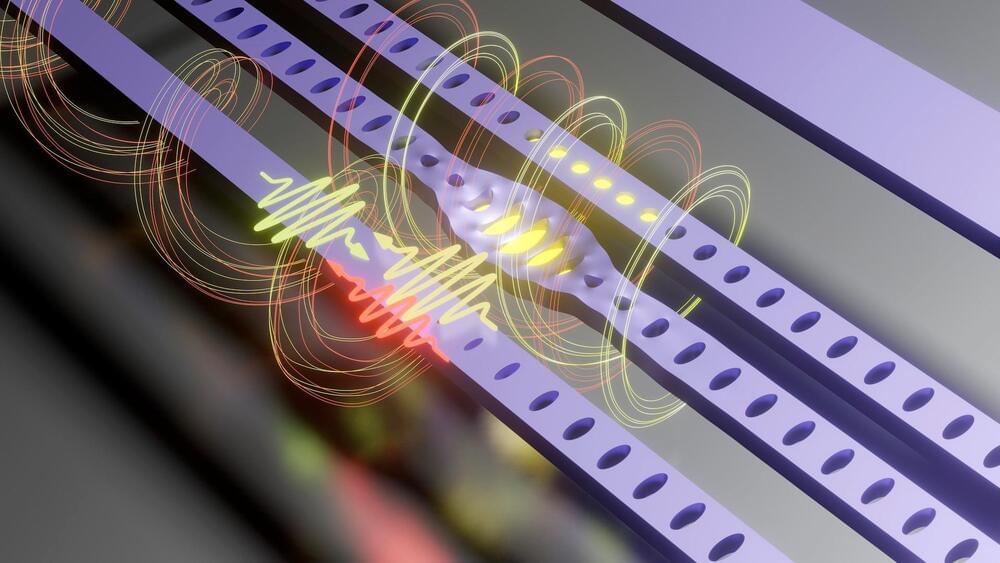
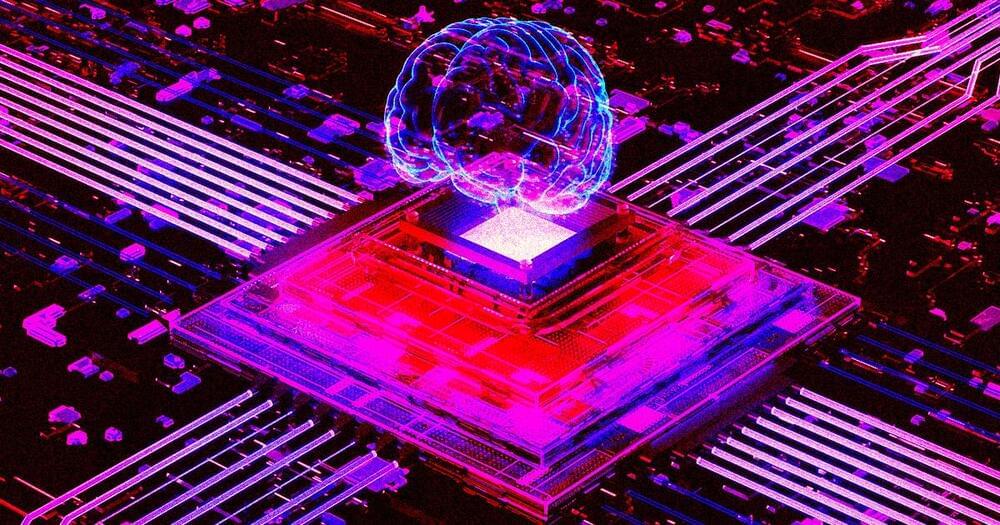
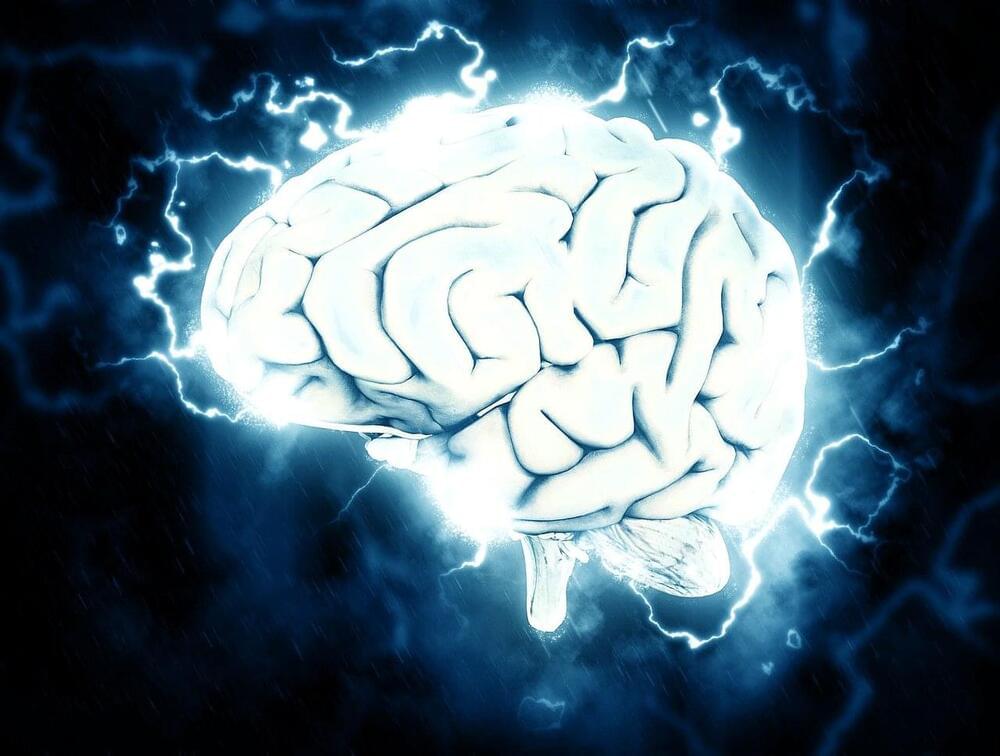
 עברית (Hebrew)
עברית (Hebrew)







